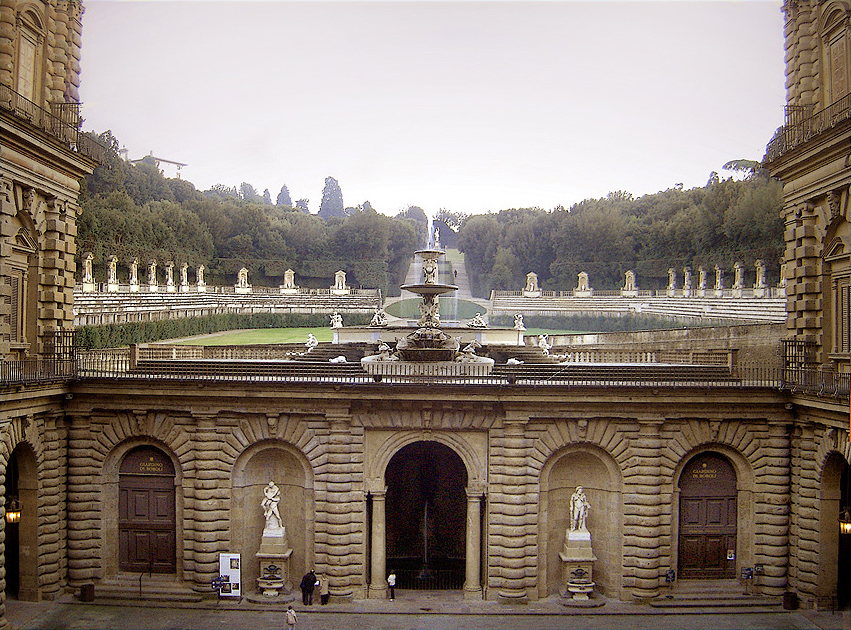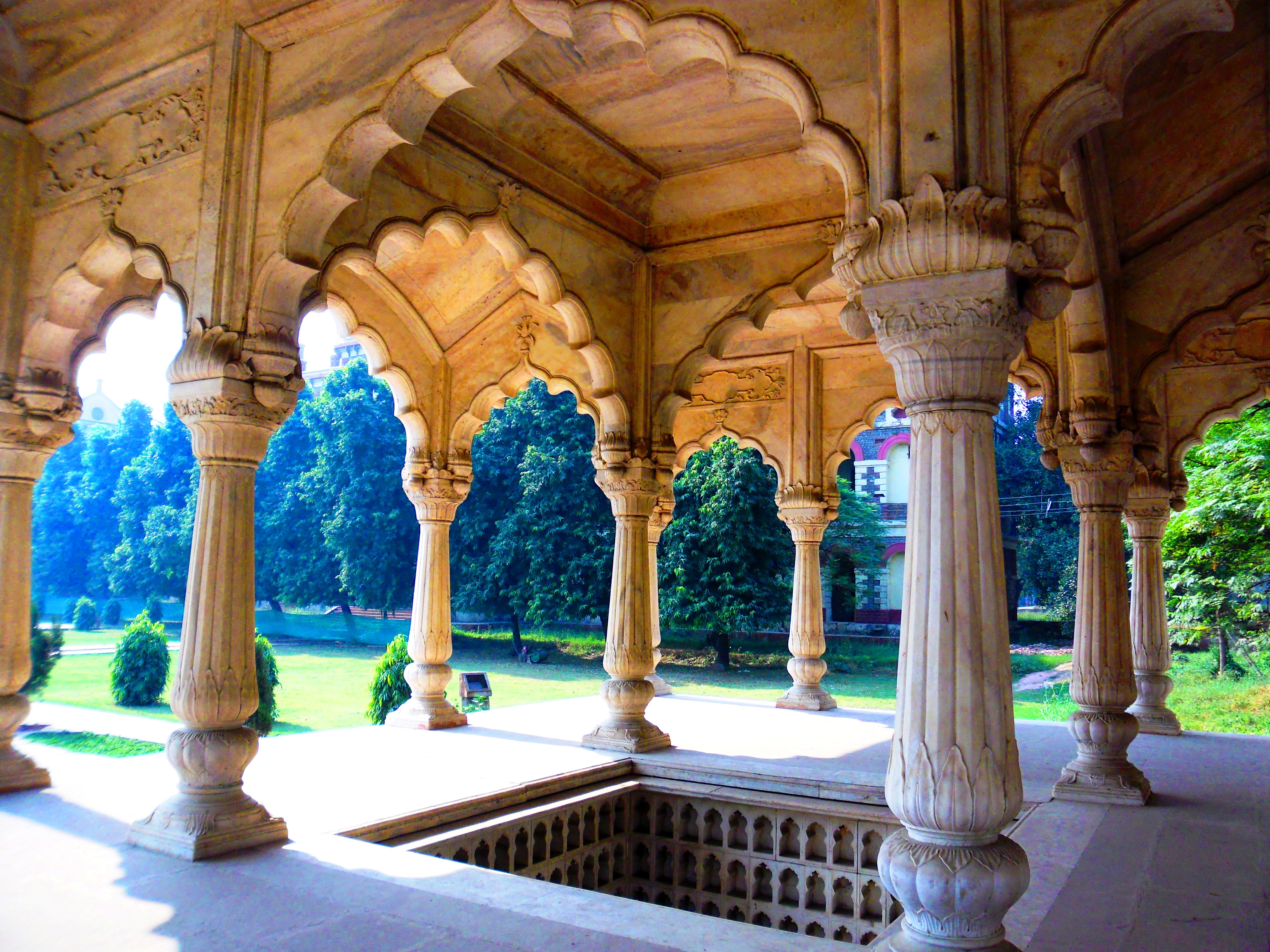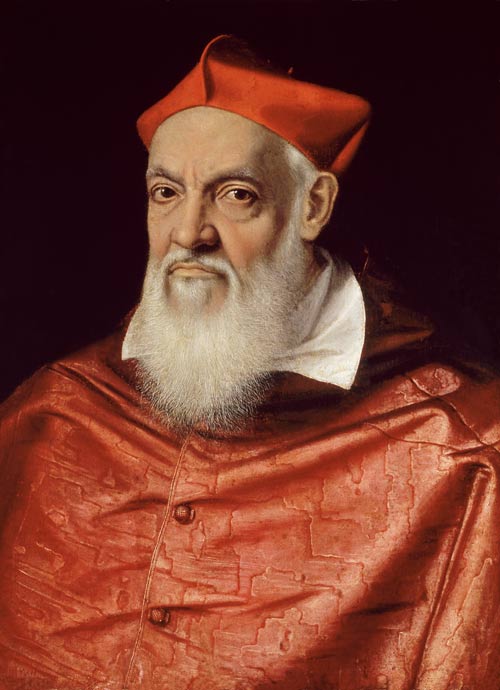|
Villa Médicis
The Villa Medici () is a sixteenth-century Italian Mannerist villa and an architectural complex with 7-hectare Italian garden, contiguous with the more extensive Borghese gardens, on the Pincian Hill next to Trinità dei Monti in the historic centre of Rome, Italy. The Villa Medici, founded by Ferdinando I de' Medici, Grand Duke of Tuscany and now property of the French State, has housed the French Academy in Rome and has welcomed winners of the Rome Prize since 1803, to promote and represent artistic creation in all its fields, an instance being the musical evocation of its garden fountains features in Ottorino Respighi's '' Fountains of Rome''. The Villa Medici lies within the historic district of Rome, inside the perimeter walls built by Emperor Aurelian in the third century, and the Gianicolense walls built by Pope Urban VIII in 1643, which was declared a World Heritage Site by the United Nations Educational, Scientific and Cultural Organization (UNESCO) in 1980, though it ... [...More Info...] [...Related Items...] OR: [Wikipedia] [Google] [Baidu] [Amazon] |
Museum
A museum is an institution dedicated to displaying or Preservation (library and archive), preserving culturally or scientifically significant objects. Many museums have exhibitions of these objects on public display, and some have private collections that are used by researchers and specialists. Museums host a much wider range of objects than a library, and they usually focus on a specific theme, such as the art museums, arts, science museums, science, natural history museums, natural history or Local museum, local history. Public museums that host exhibitions and interactive demonstrations are often tourist attractions, and many draw large numbers of visitors from outside of their host country, with the List of most-visited museums, most visited museums in the world attracting millions of visitors annually. Since the establishment of Ennigaldi-Nanna's museum, the earliest known museum in ancient history, ancient times, museums have been associated with academia and the preserva ... [...More Info...] [...Related Items...] OR: [Wikipedia] [Google] [Baidu] [Amazon] |
World Heritage Site
World Heritage Sites are landmarks and areas with legal protection under an treaty, international treaty administered by UNESCO for having cultural, historical, or scientific significance. The sites are judged to contain "cultural and natural heritage around the world considered to be of outstanding value to humanity". To be selected, a World Heritage Site is nominated by its host country and determined by the UNESCO's World Heritage Committee to be a unique landmark which is geographically and historically identifiable, having a special cultural or physical significance, and to be under a sufficient system of legal protection. World Heritage Sites might be ancient ruins or historical structures, buildings, cities, deserts, forests, islands, lakes, monuments, mountains or wilderness areas, and others. A World Heritage Site may signify a remarkable accomplishment of humankind and serve as evidence of humanity's intellectual history on the planet, or it might be a place of grea ... [...More Info...] [...Related Items...] OR: [Wikipedia] [Google] [Baidu] [Amazon] |
Galassi Alghisi
Galasso Alghisi (1523–1573) was an Italian architect, military engineer and author of the Renaissance period. He is also known as Galeazzo Alghisi or Galeazzo da Carpi. Biography Born in Carpi, near Modena, he was architect to the duke of Ferrara. He published a book in Venice in 1570 on fortifications. He also published an ''Opus'' on architecture, specially of buildings in Rome. It includes simple engravings showing Fonte Sista in Rome; a view of the Belvedere, vatican gardens, and an incomplete St Peter's Basilica; the Villa d'Este in Tivoli; the arrangements of statuary in the niches of the Loggia del Lione of the Villa Medici in the Pincio district of Rome; dimensions of a palace resembling Palace of Raphael in Rome; the construction by Michelangelo in St Peter's including his putative design without Carlo Maderno's facade and showing the adjacent Vatican palace at the time (the obelisk in the position not reached till the 1580s); House by Bramante in Rome; San Giova ... [...More Info...] [...Related Items...] OR: [Wikipedia] [Google] [Baidu] [Amazon] |
Cosimo I De' Medici, Grand Duke Of Tuscany
Cosimo I de' Medici (12 June 1519 – 21 April 1574) was the second and last duke of Florence from 1537 until 1569, when he became the first grand duke of Tuscany, a title he held until his death. Cosimo I succeeded his cousin to the duchy. He built the Uffizi (office) to organize his administration, and conquered Siena to consolidate Florence's rule in Tuscany. He expanded the Pitti Palace and most of the Boboli Gardens were also laid out during his reign. Life Rise to power Cosimo was born in Florence on 12 June 1519, the son of the famous condottiere Ludovico de' Medici (known as Giovanni delle Bande Nere) and his wife Maria Salviati, herself a granddaughter of Lorenzo the Magnificent. He was the grandson of Caterina Sforza, the Countess of Forlì and Lady of Imola. Cosimo became Duke of Florence in 1537 at age 17, after the former Duke of Florence, Alessandro de' Medici, was assassinated. Cosimo was from a different branch of the Medici family, descended from ... [...More Info...] [...Related Items...] OR: [Wikipedia] [Google] [Baidu] [Amazon] |
Bartolomeo Ammanati
Bartolomeo Ammannati (18 June 1511 – 13 April 1592) was an Italian architect and sculptor, born at Settignano, near Florence, Italy. He studied under Baccio Bandinelli and Jacopo Sansovino (assisting on the design of the Library of St. Mark's, the Biblioteca Marciana, Venice) and closely imitated the style of Michelangelo. He was more distinguished in architecture than in sculpture. He worked in Rome in collaboration with Vignola and Vasari), including designs for the Villa Giulia, but also for works at Lucca. He labored during 1558–1570, in the refurbishment and enlargement of Pitti Palace, creating the courtyard consisting of three wings with rusticated facades, and one lower portico leading to the amphitheatre in the Boboli Gardens. His design mirrored the appearance of the main external façade of Pitti. He was also named ''Consul'' of Accademia delle Arti del Disegno of Florence, which had been founded by the Duke Cosimo I in 1563. In 1569, Ammannati was commission ... [...More Info...] [...Related Items...] OR: [Wikipedia] [Google] [Baidu] [Amazon] |
Michelangelo
Michelangelo di Lodovico Buonarroti Simoni (6March 147518February 1564), known mononymously as Michelangelo, was an Italian sculptor, painter, architect, and poet of the High Renaissance. Born in the Republic of Florence, his work was inspired by models from classical antiquity and had a lasting influence on Western art. Michelangelo's creative abilities and mastery in a range of artistic arenas define him as an archetypal Renaissance man, along with his rival and elder contemporary, Leonardo da Vinci. Given the sheer volume of surviving correspondence, sketches, and reminiscences, Michelangelo is one of the best-documented artists of the 16th century. He was lauded by contemporary biographers as the most accomplished artist of his era. Michelangelo achieved fame early. Two of his best-known works, the ''Pietà (Michelangelo), Pietà'' and ''David (Michelangelo), David'', were sculpted before the age of 30. Although he did not consider himself a painter, Michelangelo created ... [...More Info...] [...Related Items...] OR: [Wikipedia] [Google] [Baidu] [Amazon] |
Marcello Crescenzi
Marcello Crescenzi (1500 – 28 May 1552) was an Italian Roman Catholic bishop and cardinal. Biography Marcello Crescenzi was born in Rome in 1500, the son of Mario Crescenzi and Pantasilea Capodiferro. He became a doctor of both laws. He was a canon of Santa Maria Maggiore. In 1525, he was made an Auditor of the Roman Rota. On 19 January 1534 he was elected Bishop of Marsi. He resigned the government of the diocese sometime before 17 May 1546. Pope Paul III made him a cardinal priest in the consistory of 2 June 1542. He received the red hat and the titular church of San Marcello al Corso on 6 November 1542. On 2 November 1544 the pope appointed Cardinal Crescenzi to the Council of Trent. On 5 May 1546 he became administrator of the see of Conza, holding that position until his death. He was a cardinal elector at the papal conclave of 1549-50 that elected Pope Julius III. The new pope made Crescenzi papal legate in Bologna. He was the Camerlengo of the Sacred Col ... [...More Info...] [...Related Items...] OR: [Wikipedia] [Google] [Baidu] [Amazon] |
Casina (architecture)
In architecture, ''pavilion'' has several meanings; * It may be a subsidiary building that is either positioned separately or as an attachment to a main building. Often it is associated with pleasure. In palaces and traditional mansions of Asia, there may be pavilions that are either freestanding or connected by covered walkways, as in the Forbidden City (Chinese pavilions), Topkapi Palace in Istanbul, and in Mughal buildings like the Red Fort. * As part of a large palace, pavilions may be symmetrically placed building ''blocks'' that flank (appear to join) a main building block or the outer ends of wings extending from both sides of a central building block, the ''corps de logis''. Such configurations provide an emphatic visual termination to the composition of a large building, akin to bookends. The word is from French (Old French ) and it meant a small palace, from Latin">-4; we might wonder whether there's a point at which it's appropriate to talk of the beginnings of Fr ... [...More Info...] [...Related Items...] OR: [Wikipedia] [Google] [Baidu] [Amazon] |
Viticulture
Viticulture (, "vine-growing"), viniculture (, "wine-growing"), or winegrowing is the cultivation and harvesting of grapes. It is a branch of the science of horticulture. While the native territory of ''Vitis vinifera'', the common grape vine, ranges from Western Europe to the Persian shores of the Caspian Sea, the vine has demonstrated high levels of adaptability to new environments, hence viticulture can be found on every continent except Antarctica. The duties of a viticulturist include monitoring and controlling pests and diseases, fertilizing, irrigation, canopy management, monitoring fruit development and characteristics, deciding when to harvest, and vine pruning during the winter months. Viticulturists are often intimately involved with winemakers, because vineyard management and the resulting grape characteristics provide the basis from which winemaking can begin. A great number of varieties are now approved in the European Union as true grapes for winegrowin ... [...More Info...] [...Related Items...] OR: [Wikipedia] [Google] [Baidu] [Amazon] |
Montepulciano
Montepulciano () is a medieval and Renaissance hill town and ''comune'' in the Italian province of Siena in southern Tuscany. It sits high on a limestone ridge, east of Pienza, southeast of Siena, southeast of Florence, and north of Rome by car. Montepulciano is a wine-producing region. The Vino Nobile di Montepulciano has Denominazione di origine controllata e garantita status and is, with the Brunello di Montalcino and Chianti Classico, one of the principal red wines of Tuscany. The Rosso di Montepulciano and Vin Santo di Montepulciano have Denominazione di origine controllata status. History According to legend, it was founded by the Etruscan King Lars Porsena of Clusium (modern Chiusi). Recent findings prove that a settlement was in existence in the 4th-3rd centuries BC. In Roman times it was the seat of a garrison guarding the main roads of the area. After the fall of the Western Roman Empire, it developed as a religious center under the Lombards. In the 12t ... [...More Info...] [...Related Items...] OR: [Wikipedia] [Google] [Baidu] [Amazon] |
Giovanni Ricci (bishop)
Giovanni Ricci (1 November 1498 – 3 May 1574) was an Italians, Italian Catholic Church, Roman Catholic Bishop (Catholic Church), bishop and Cardinal (Catholicism), cardinal. Biography Giovanni Ricci was born in Chiusi on 1 November 1498, the son of Pietro Antonio Ricci. Disliking his stepmother, Giovanni Ricci traveled to Rome at age 15, seeking the protection of his father's friend Tarugi, a Italian nobility, nobleman from Montepulciano, who could not convince the youth to return to Montepulciano. He later entered the court of Cardinal Giovanni Maria Ciocchi del Monte, the future Pope Julius III, as assistant to the master of chamber; he became the cardinal's master of chamber upon the death of the old master of chamber. He later entered the service of Cardinal Alessandro Farnese (cardinal), Alessandro Farnese, ''iuniore''. He was sent on diplomatic missions to the Kingdom of France and the Duchy of Burgundy, which he accomplished successfully. He then entered the ecclesias ... [...More Info...] [...Related Items...] OR: [Wikipedia] [Google] [Baidu] [Amazon] |







